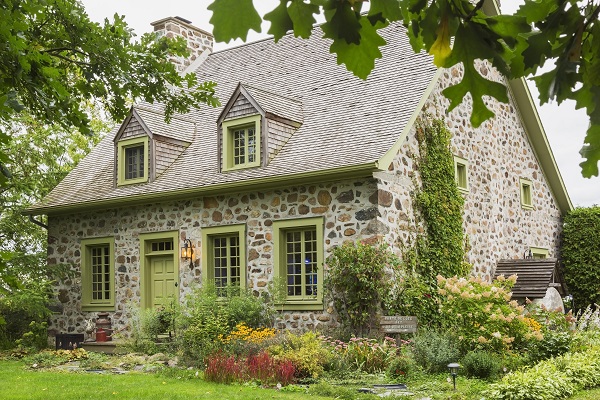England’s housing market is on the up. Many industry experts and insiders have started to predict good price growth in the coming months after recent upticks in demand and prices provide a glimmer of hope after what has been a difficult couple of years for the market and wider economy.
But new research by Yopa, the full-service estate agents, reveals that there is a clear split between England’s rural and urban areas when it comes to the price performance over the past 12 months, with the countryside very much outperforming the city.
Yopa has split England’s Local Authority (LA) districts into two categories – those that are classed as ‘Predominantly Rural’ and those that are ‘Predominantly Urban’. It has then analysed the past year of house price growth* in each to understand how price performance differs between England’s countryside and built-up areas.
Country price growth outpacing cities
Yopa’s research reveals that in England’s predominantly rural areas, the average house price has seen a marginal increase of 1% over the last 12 months, and currently stands at £301,122.
While this is relatively modest growth, it’s a whole lot better than the performance of the nation’s predominantly urban areas which have seen prices drop by an average of -2.1% to sit at an average of £293,646.
Further insight reveals that 65% of England’s rural areas have seen prices increase or remain flat over the past year, while 64% of urban areas have seen prices fall.
Best performing rural hotspots
The best performances across rural areas has been led by East Cambridgeshire where prices have boomed to the tune of 10.6% and currently stand at an average of £355,330.
Northumberland has also performed well with growth of 7.5%, followed by Malvern Hills (7.1%), Ribble Valley (7%), West Devon (6.3%), West Oxfordshire (6%), East Devon (5.6%), Stratford-on-Avon (5%), Rutland (4.6%), and South Hams (4.4%).
As for urban areas, some parts of England have seen price drops that dwarf the -2.1% average decline.
London leading decline in city market performance
London’s priciest markets have seen the nation’s biggest price drops, led by the City of London (-22.2%), Hammersmith & Fulham (-21%), Westminster (-20.9%), Camden (-20.8%), and Kensington & Chelsea (-13.6%).
Outside of the capital, the biggest drops have been recorded in Canterbury (-12.1%), Epsom & Ewell (-10.5%), and Gosport (-10.1%).
However, some urban areas have managed good annual growth, including Blaby (9.3%), North East Lincolnshire (8.3%), and Rugby (7.6%).
Yopa’s National Franchise Director, Steve Anderson, said, “Rural living isn’t to everyone’s taste because you have to compromise on many of the modern day conveniences available in towns and cities. This includes everything from shops and restaurants to public transport and quality Wi-Fi.
But a remote lifestyle does come with an abundance of benefits as well, from a more relaxed pace of life and better air quality to an abundance of natural beauty and much lower rate of crime.
And we can now add property values to that list of country-living benefits. Rural prices are clearly more resilient in the face of economic and market trends, holding their value more soundly as prices in towns and cities fluctuate much more readily.
This may be because the nature of cities means people come and go, often in pursuit of a particular job or opportunity, whereas country living is a lifestyle choice that, once made, is usually stuck with. This means there is less turnover on the local housing market and therefore less available stock. This helps prices hold strong.”





Leave a Comment